Agree that it will be a shame to spend money on equipping a boiler room, and then get a refusal from the gas service due to an incorrectly designed hood. But if you follow the ventilation requirements of the gas boiler room, this can be avoided.
In our proposed article, the main legislative and building codes are presented, based on which you can install the correct ventilation system in a private house.
The content of the article:
-
Regulatory framework of the Russian Federation
- Legislative acts and GOSTs
- Ventilation equipment certification
-
Basic ventilation requirements
- Why is normal air exchange important for a boiler room?
- Requirements for air flow into the furnace
- General requirements for boiler rooms
-
Varieties of ventilation systems
- Natural ventilation of boiler rooms
- Forced ventilation system
- Diameter of the flow hole in ventilation systems
-
Air duct materials in gas boiler rooms
- Brick exhaust ducts
- Ceramic ventilation pipes
- Steel airway
- Conclusions and useful video on the topic
Regulatory framework of the Russian Federation
Installation of ventilation systems is required regardless of the type of heating equipment used (clause 9.38 SNB 4.03.01-98). Installation of heating and ventilation equipment is carried out under the supervision of representatives of gas services.
If, during the start-up tests, defects in the ventilation system and technical inconsistencies in the design documentation are revealed, the commissioning of the heating system will be refused.

The tasks of the gas inspector include visual inspection of equipment, verification of safety functions, control and measurement of carbon monoxide. If necessary, the owner of the premises may require the inspector to provide certificates-permits to work with an anemometer or SRO
The ventilation ensures a constant and intensive supply of fresh air. The functioning of exhaust systems is regulated by a number of regulations.
Legislative acts and GOSTs
The legal framework for ventilation and air conditioning of gas equipment is quite extensive. These legal acts include:
- Federal Law No. 384;
- Government Decree No. 1521 on mandatory compliance with 384-FZ;
- Government Decree No. 87;
- Government Decree No. 410 on safety measures for the maintenance of gas equipment;
- SNiP (II-35-76, 2.04-05);
- SanPiN 2.2.4.548-96. 2.2.4;
- AVOK standards and recommendations in the field of ventilation, etc.
But legislative acts can change, so when installation of ventilation equipment for the arrangement of a gas boiler room, their latest editions should be tracked in official sources.

All standards and regulations that will be applied when checking ventilation equipment can be clarified with the gas service of your locality.
Also, all ventilated systems in rooms with boiler equipment must comply with the following GOST and SP:
- GOST 30434-96;
- GOST 30528-97;
- GOST R EN 12238-2012;
- GOST R EN 13779-2007 on air conditioning and ventilation in non-residential buildings;
- GOST 30494-2011 on microclimate in residential and public buildings;
- SP 7.13130.2013 on requirements for ensuring fire safety;
- GOST 32548-2013 (interstate standard);
- SP 60.13330.2012 (refers to SNiP 41-01-2003), etc.
On the basis of these regulations, project documentation should be drawn up. So that it does not contradict official requirements and standards, it is necessary to carry out thermal calculations and calculate the main parameters of the exhaust system at the stage of project development.
Ventilation equipment certification
When purchasing devices for extraction and supply of fresh air, you should check their documents. For ventilation equipment sold on the territory of the Russian Federation, a declaration of conformity must be drawn up.
This document confirms that the devices comply with all the current requirements of the Customs Union set forth in the following technical regulations:
- TR CU 004/2011 on the used low-voltage equipment and the safety of its operation;
- TR CU 020/2011 on the electromagnetic compatibility of the equipment used;
- TR CU 010/2012 on the safety of machinery and equipment.
This product declaration is mandatory, but in addition, the manufacturer or importer ventilation equipment can undergo an official voluntary certification procedure for compliance GOST standards. The presence of such a certificate, obtained on a voluntary basis, testifies to the high quality of the products and the reliability of the manufacturer.
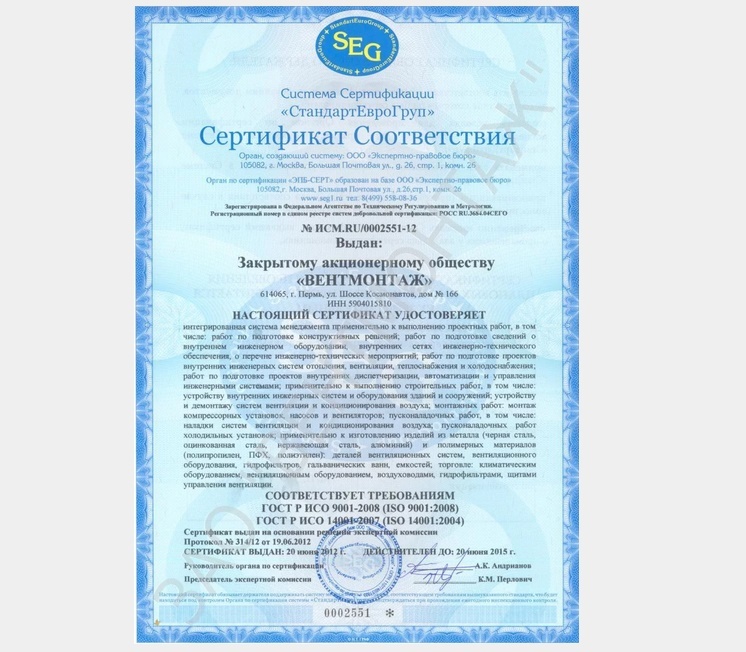
A voluntary certificate of conformity for air ducts can be requested when purchasing ventilation equipment for a gas boiler room. It contains all the technical characteristics of the product
But voluntary certification requires additional investment, so they often save on it. In accordance with Federal Law No. 313 and Government Resolutions No. 982 and No. 148, mandatory certification of ventilation equipment has been abolished.
Basic ventilation requirements
The installation of correctly calculated and well-designed ventilation is an important condition for the boiler room to work. Usually, all the necessary parameters to ensure the normal operation of gas heating equipment are indicated in its technical passport.
Why is normal air exchange important for a boiler room?
The lack of a normal supply of fresh air negatively affects the performance of the gas equipment. The combustion of fuel is impossible without an intensive and continuous supply of oxygen.

With a reduction in air flows into the boiler room, carbon deposits form on the walls of the gas boiler, due to which the quality of mixture formation deteriorates and the efficiency of fuel use decreases
Due to poorly working ventilation, the fuel burns worse, the heat generation decreases and the consumption of the consumed gas increases. That is why, when designing a gas boiler room of a country house and exhaust equipment, it is important to adhere to established regulations and government standards.
If the ventilation system is built with impairments and cannot provide stable air exchange in required volume, in the event of an emergency emission of carbon monoxide, carbon dioxide will quickly spread into residential premises.
Requirements for air flow into the furnace
On the basis of SP 41-104-2000 (clause 13.4), the air flow into the boiler room with a gas boiler must be three times. Those. the air in the room should be changed 3 times in 1 hour.
Otherwise, the hood will only ensure the operation of the boiler, but the combustion products will begin to accumulate in the room: in the air, on the walls, on the ceiling etc. Also, a threefold air flow is necessary for emergency gas removal (in the event of a leak) and combustion products when they enter the residential premises.
Checking three times air exchange and conformity of the section of the ventilation pipe calculated area of air ducts the generally accepted standards are carried out by specialists in ventilation systems. For this, the flow rate and air velocity measured with an anemometer are taken into account.
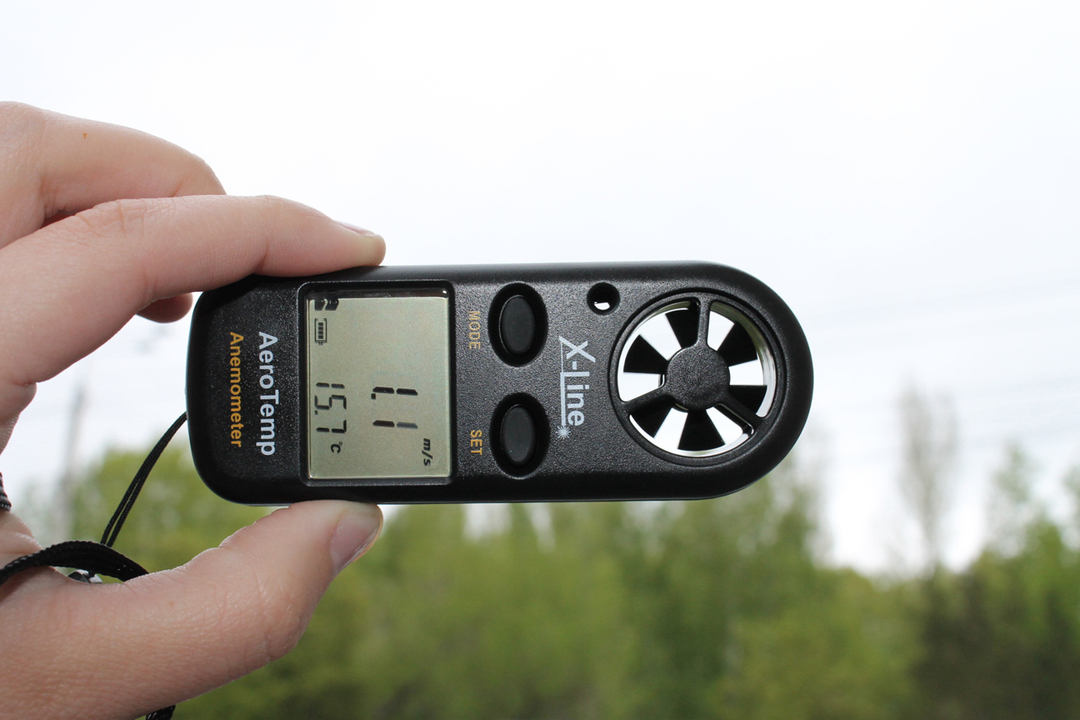
Every homeowner can buy an anemometer and measure the speed of the air in the pipe in advance before the arrival of the gas inspector. Anemometers are sold even on Aliexpress.
But now JV 281 has also been introduced. On the basis of its clause 14.3, for equipment with a power of 50 kW or more, a single inflow of air into the furnace room in private houses is permissible. Similar requirements have been introduced for more powerful equipment (from 360 kW).
They are regulated by cl. 17.11 SP 89. This document states that the air flow must be at least once per hour, although the exact calculated air exchange is determined based on real measurements. Before installing ventilation in a boiler room with a gas boiler, it is recommended to clarify the requirements for the air flow rate from the gas service of a particular region.
General requirements for boiler rooms
Furnace and boiler rooms can be organized in rooms with a ceiling height of 2 m. Household rooms with open-type gas equipment must have at least one window with an area of 0.25 m2. In furnaces with gas-heating equipment with a sealed combustion chamber, this window may be absent (p. 9.37 SNB 4.03.01-98).
When choosing a place to place gas devices, you need to look at their power. The minimum allowable volume of the combustion chamber depends on the power (data are indicated in the table below).
| Thermal power of equipment (kW) | Permissible room volume (m3) |
| Up to 30 | 7,5 |
| 30-60 | 13,5 |
| 60-200 | 15 |
All basic requirements for exhaust systems are reflected in SNiP (II-35-76, 2.04-05). These requirements include:
- the presence of a separate air duct in the ventilation system;
- tightness of ventilation ducts (and all seams must be treated with sealants that are able to maintain their insulating properties at high temperature values);
- construction of an air duct in the ceiling of the boiler room;
- the presence of sleeves in the wall to accommodate itself flue gas boiler and the implementation of its maintenance;
- placement of the cleaning channel 25-35 cm lower than the other;
- the use of only fire-resistant and non-combustible materials for finishing the floor and walls in the room (for this, you can take non-combustible plates with a fire resistance limit of ¾ hour).
According to the standards, no more than two gas appliances can be connected to the chimney. If flammable materials are used at the outlet of the pipes, they must be properly insulated. There must be a distance of more than 30 cm between the outer wall and the end of the chimney.

The exact width of the indentation in a room with installed gas equipment depends on the thickness of the chimney walls and the material from which the wall of the gas boiler room is made
The pipe should be above the floor surface inside the room at a height of at least 25-50 cm, but you need to look at the height of the snow cover in the boiler room design area. To do this, you can apply SNiP 41-01-2003.
Clause 7.3.2 states that the bottom of the intake pipe opening on the outside of the building should be placed on a height of more than 1 m from the level of stable snow cover typical for this region according to data hydrometeorological stations.
Clean air can be supplied to the boiler room from the street and from another room through the ventilation grill of the door or through the gap between the floor and doors with a free cross-section of 0.02 m2 (NS. 9.38 SNB 4.03.01-98).
If the cross-sectional area of the grill is extremely small, supply fans will have to be installed in order to normalize the air exchange in the room.
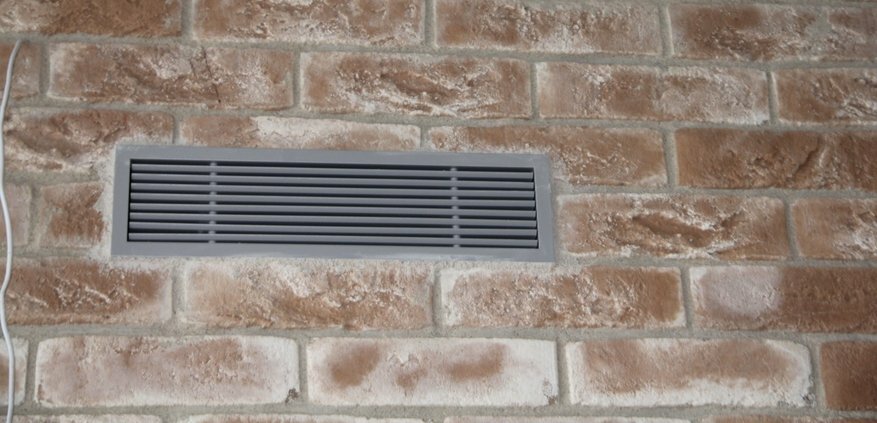
Too small supply grilles can lead to overheating of the gas boiler room and breakdown of automated equipment in the warm season, when the furnace is practically not used.
Air supply can be carried out both from the outside and from the inside of the facility. But at the same time, the living room cannot act as an adjacent room.
It is better to make two ducts that go out separately to the street: a hole in the ceiling in the ceiling with a diffuser and a grill for the inflow at the floor. The supply grille is installed at the bottom of a wall or door and usually has tilted, adjustable louvers to keep rain and snow out of the room.
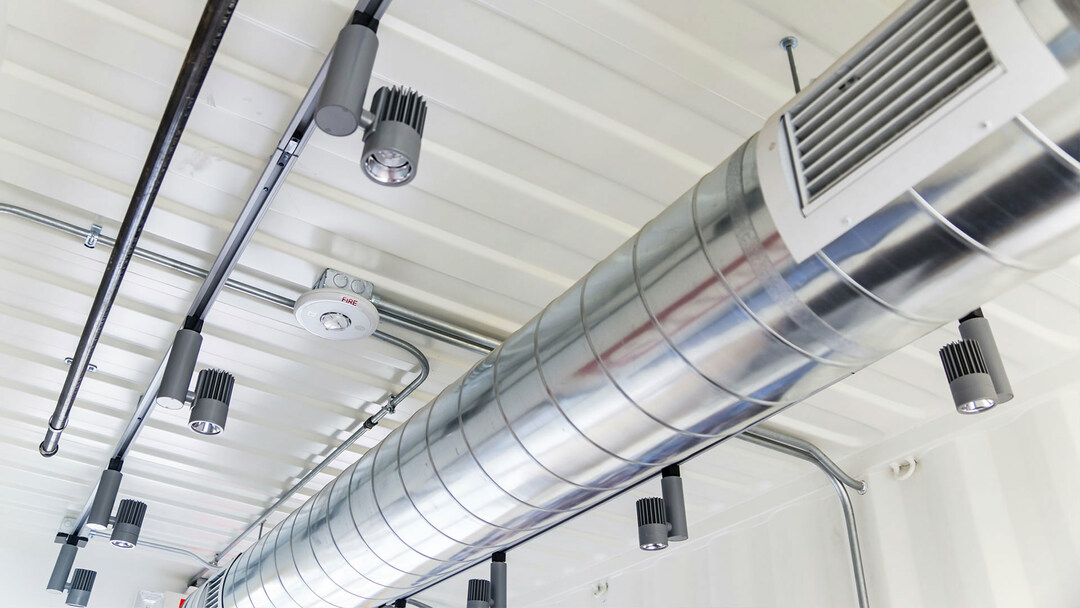
Cold water supply pipes and drains should not pass near the grill of the ventilation system in a room with gas equipment. This can disrupt the thermoregulation of the room.
This requirement is partly reflected in cl. 8.4.2 SP 31-1-06-2002. The document says about the heat generator room, but it is similar in technical characteristics to a gas boiler room, so this standard is worth paying attention to. It indicates that for equipment with a power of 30 kW or more, air must be supplied only from the outside.
Air ducts taken out into the house are dangerous: in the event of a gas leak, harmful substances can enter the living quarters, although such a ventilation scheme is allowed by regulations. But in both cases, the volume of the incoming air must be equal to the volume of the outgoing air. This condition is necessary to prevent pressure drops.
However, in some cases, it is allowed to organize air exchange with a predominance of clean air in the overall balance. This is typical for design of ventilation in boiler rooms and furnaces adjacent to living quarters. At the same time, a negative balance must be created in the gas boiler room in order to prevent the penetration of carbon dioxide into other rooms.
Varieties of ventilation systems
Ventilation for rooms with gas heating equipment, as well as for other objects, is of two types: natural and forced. The device of natural ventilation and the installation of forced ventilation is permitted and regulated by current regulations.
Natural ventilation of boiler rooms
Natural ventilation allows the room to be ventilated by means of pipes of various sizes and pre-drilled holes in the walls, ceiling or floor. In fact, natural ventilation works due to pressure drops.
It allows the construction of vertical and horizontal bends. In accordance with the requirements of SNiPs, the system can have horizontal sections up to 8 m long, but it is better to make them no more than 2 m long. At the same time, design of no more than three is allowed.
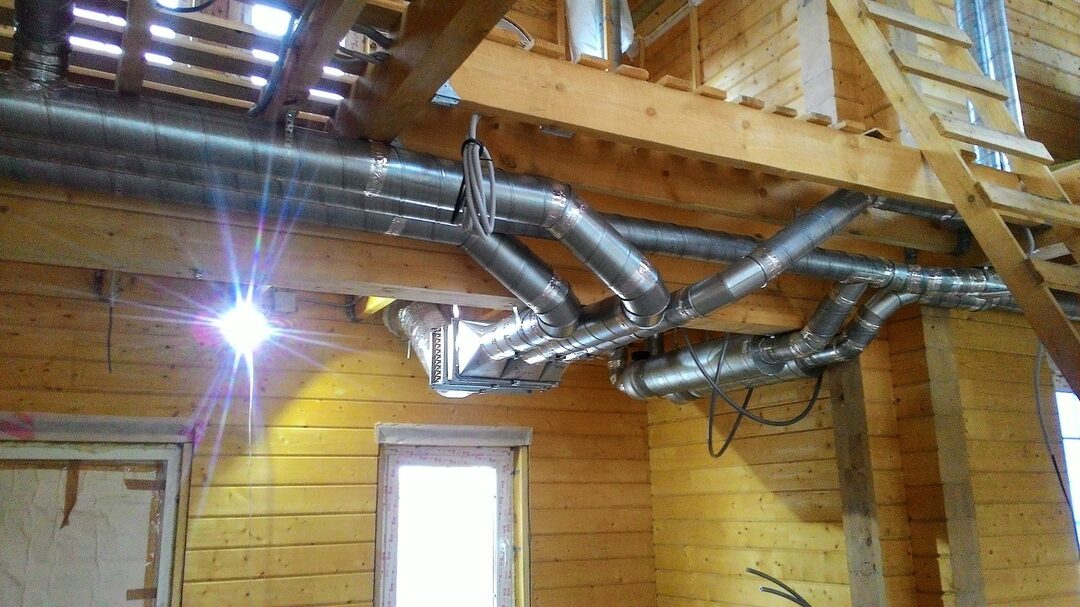
The design of large horizontal sections of the exhaust system is not a gross violation, but the speed of air flow through them is quite low, which makes it difficult for normal ventilation
Most often, the exhaust vents are located above the boiler. Natural ventilation does not provide for the use of special supply and exhaust equipment.
Calculation of air exchange for natural ventilation in a boiler room with a gas boiler is carried out quite simple: you need to add 5 degrees for the outside air temperatures and 18 degrees - for internal. The ventilation check is carried out subject to the specified temperature difference.
When accepting a natural exhaust system, calculations are made to determine whether it will work in the summer. If not, then you will have to design forced ventilation, because according to the standards, the hood must function all year round.
Forced ventilation system
Forced (artificial) ventilation is a whole automated system with an exhaust duct and installation of fans and air conditioners.
The power of this engineering structure can be adjusted using programs or mechanisms (depending on the characteristics of the equipment). Moreover, it is better to design an automatic control system that will start when the boiler is turned on and turn off when the fuel is completely burned out.
However, it is completely dependent on the electricity supply. When installing an artificial hood, it is recommended to install an additional generator. If possible, it is better to use a combined exhaust system in which automated devices only start when natural ventilation cannot cope with air exchange.
Diameter of the flow hole in ventilation systems
According to standards, natural and artificial ventilation differ in the diameter of the air duct (otherwise it is called the inlet) to ensure normal draft and standard air velocity in the ventilation ducts. Although the diameter can also be calculated based on the volume of the room.
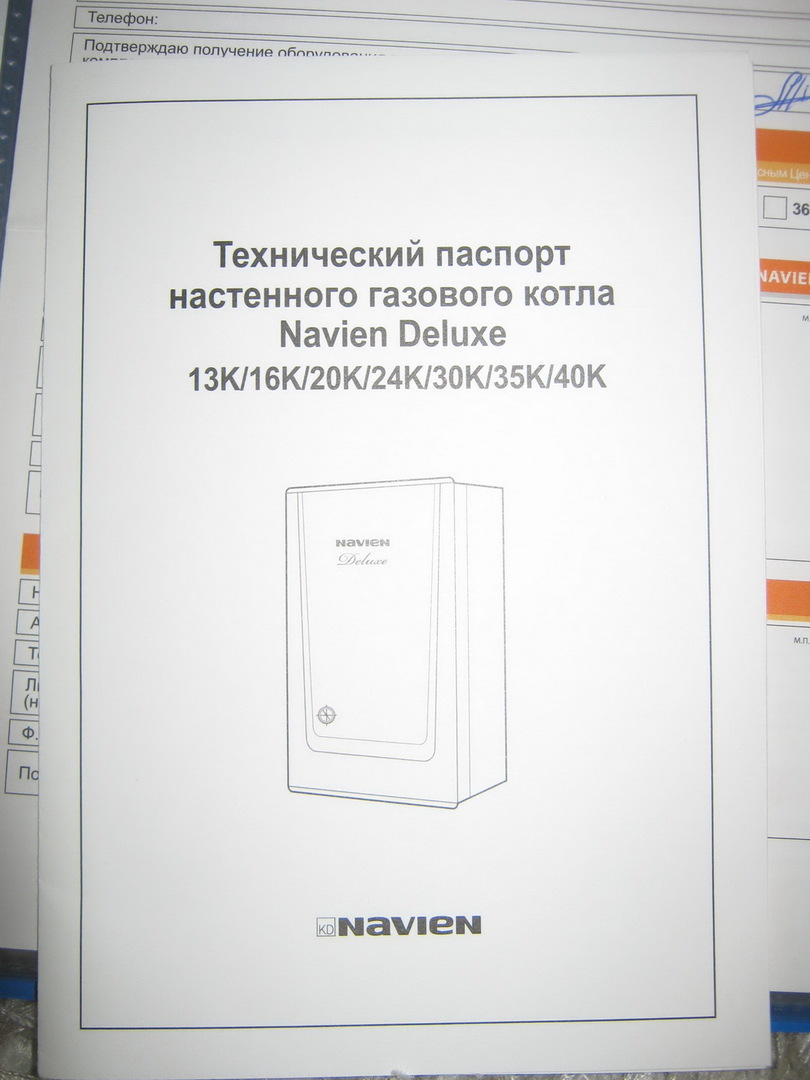
When choosing pipes of a certain diameter for ventilation systems, it is necessary to take into account the effect of grids and information on gas consumption, which is indicated in the passport of gas equipment
For natural ventilation, the value should be: 30 cm2 cross-sectional area of the inlet opening for 1 kW gas boiler capacity. For forced ventilation of a gas boiler room, according to standards, the cross-sectional area can be less - 8 cm2.
Air duct materials in gas boiler rooms
Correctly selected material for the duct ensures a longer operation of the ventilation.
In accordance with current standards, the following can be used as a material for organizing ventilation of rooms with gas equipment:
- brick;
- ceramics;
- asbestos;
- galvanized and stainless steel.
It is undesirable to use plastic for air ducts, because this reduces the fire resistance of structures. In some regulations (for example, clause 7.11 of SNiP 41-01-2003) indicates that air ducts can be partially made of combustible materials.

When using plastic elements, it must be remembered that the presence of combustible elements in the structure will complicate the commissioning of boiler equipment and its acceptance by the employees of the gas service
Regardless of what material will be used, all ventilation ductspassing through cold areas must be insulated. In these places, the draft may decrease, condensate may form, and the ventilation duct of the boiler room with a gas boiler may freeze and stop performing its functions. That is why it is better to stretch pipes along a warm circuit, excluding the possibility of freezing.
Brick exhaust ducts
Brick is short-lived, because due to temperature differences, condensation forms on its surface, leading to the destruction of the material. If brickwork is taken as a material for a mine, then the chimney is assembled from single-circuit galvanized metal pipes, the thickness of which depends on the temperature of the gases emitted.
Ceramic ventilation pipes
Ceramic air ducts are versatile, easy to use and durable. The principle of their assembly is similar to device technologies. ceramic chimneys. Due to their high gas density, they are resistant to heavy contamination of various types and aggressive chemical environments.
But in such hoods it is necessary to install steam traps, because ceramics absorb moisture well. Structurally, such a hood consists of 3 layers:
- ceramic inner layer;
- middle insulating layer made of stone and mineral wool;
- external expanded clay concrete shell.
This ventilation system cannot have more than three knees. A drip and revision are installed at the bottom of the ceramic chimney.
Steel airway
Steel exhaust ducts are convenient and practical.
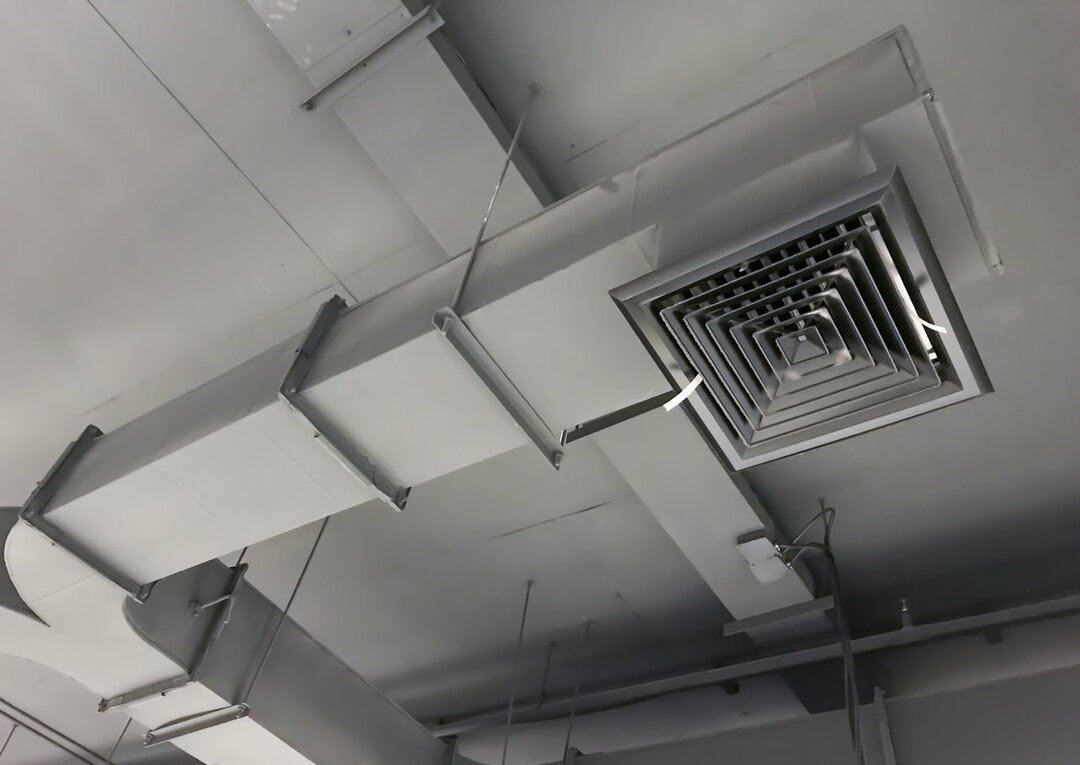
A metal chimney in a gas boiler room can have a rectangular or rounded cross-section, but in this case, the width of one side of it should not exceed the width of the second by 2 times
When installing a steel ventilation system, you must adhere to the following recommendations:
- The segments are collected using the pipe-to-pipe method.
- Wall brackets are fixed in increments of no more than 150 cm.
- The length of the horizontal segments should be no more than 2 m, if the system does not provide for forced draft.
By standards, the thickness of the steel walls should be at least 0.5-0.6 mm. The temperature of the gas produced by the boilers is 400-450 0C, due to which thin-walled metal pipes can quickly burn out.
Conclusions and useful video on the topic
The video will introduce the main requirements of gas services to the ventilation equipment of boiler houses in the territory of the Russian Federation:
Installation of exhaust equipment requires precision. But you need to understand that each gas service has its own interpretation of norms, standards and laws.
Before installing the heating equipment of a private house and the ventilation system in a gas boiler room, it is better consult the gas service in which you will have to obtain permission for commissioning.
Tell us about your own experience gained during the arrangement of a gas boiler house. Share the technological nuances that have helped you in her trouble-free air exchange system. Please leave comments in the block form below, post photos on the topic of the article, ask questions.


